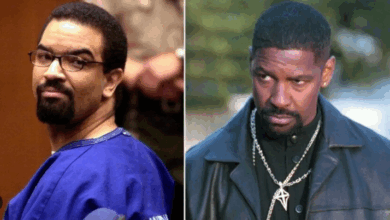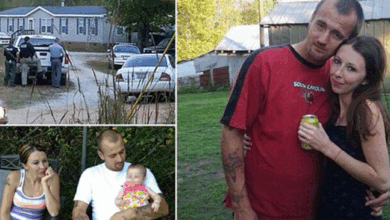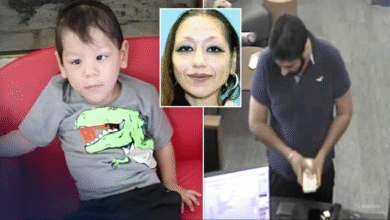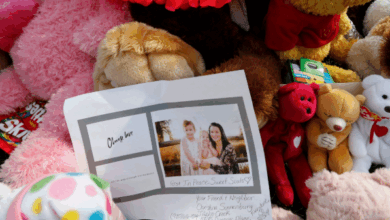The Manson Family Murders: The Night that Shattered the 1960s American Dream
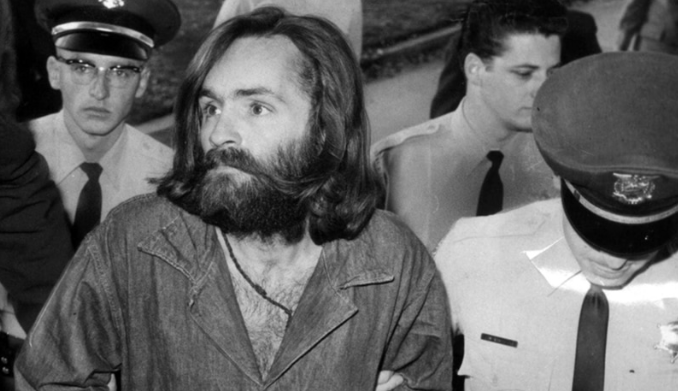
The Manson Family Murders: The Night that Shattered the 1960s American Dream
In August 1969, a series of brutal murders shocked the United States and signaled the dark, chaotic end of the 1960s counterculture era. Orchestrated by Charles Manson, a failed musician and self-proclaimed spiritual guru, the Manson Family Murders became one of the most infamous crimes in American history.
These killings not only took innocent lives—they also revealed the terrifying power of manipulation, cult behavior, and violence disguised as ideology.
Who Was Charles Manson?
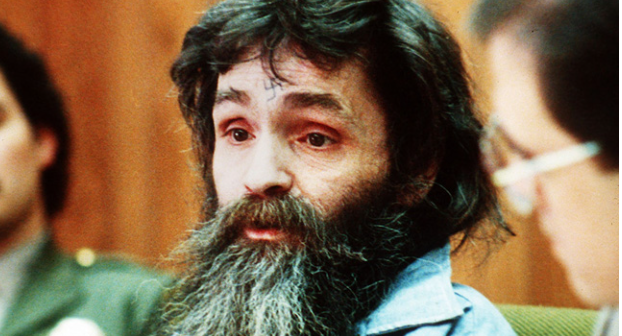
Charles Manson was born in 1934 and spent much of his early life in and out of prison. By the late 1960s, he had formed a commune-like cult in California, known as the Manson Family, consisting of mostly young, impressionable women and a few men.
Manson preached a bizarre philosophy combining pseudo-Christianity, apocalyptic prophecy, and racial war. He called this coming war “Helter Skelter”, borrowing the term from a Beatles song, which he believed was a secret message encouraging a race war that he and his followers would survive and rule over.
The Murders: Two Nights of Terror
August 8–9, 1969: The Tate Murders
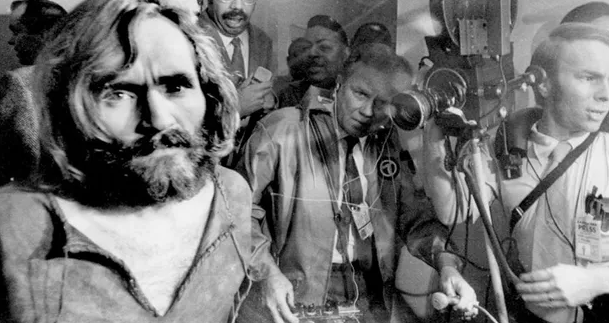
On the night of August 8, 1969, Manson sent four of his followers—Susan Atkins, Patricia Krenwinkel, Tex Watson, and Linda Kasabian—to a home in the Hollywood Hills. The house belonged to film director Roman Polanski and his wife, Sharon Tate, a rising actress who was eight months pregnant at the time.
Inside the home were Tate and four guests: Jay Sebring (celebrity hairstylist), Abigail Folger (heiress to the Folgers coffee fortune), Wojciech Frykowski, and Steven Parent (a visitor who was killed outside in his car).
The intruders brutally murdered all five people. Sharon Tate reportedly begged for the life of her unborn child but was stabbed 16 times. The word “PIG” was scrawled in blood on the front door.
August 10, 1969: The LaBianca Murders
The next night, Manson himself accompanied the group to choose a new target. Wealthy couple Leno and Rosemary LaBianca were murdered in their Los Feliz home. This time, the words “Death to pigs” and “Helter Skelter” were smeared in blood on the walls and refrigerator.
The Trial and Convictions
The brutal nature of the crimes and the lack of clear motive stunned the nation. After a months-long investigation, Manson and several followers were arrested and charged.
The trial began in 1970, and it was one of the most sensational in U.S. history. Manson carved an “X” into his forehead (later changed to a swastika) and constantly disrupted proceedings. The prosecution argued that although Manson didn’t physically commit the murders, he had complete psychological control over his followers.
In 1971, Charles Manson, Susan Atkins, Patricia Krenwinkel, and Leslie Van Houten were found guilty and sentenced to death, which was later commuted to life imprisonment when California temporarily abolished the death penalty.
Legacy and Cultural Impact
The Manson Family Murders marked the symbolic end of the peace-and-love era of the 1960s. The idea that young people, influenced by music, drugs, and a charismatic figure, could commit such horrific acts, deeply disturbed the public.
Over the decades, the case has inspired films, books, music, and countless documentaries—but it also serves as a haunting reminder of how manipulation and fanaticism can lead to devastating violence.
Charles Manson died in prison in 2017 at the age of 83. Several of his followers remain incarcerated to this day.

